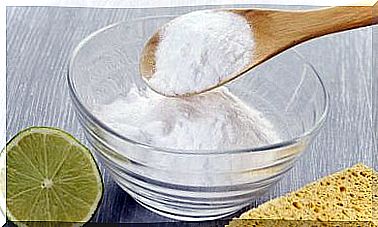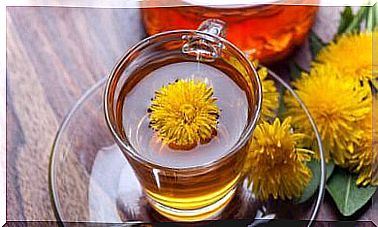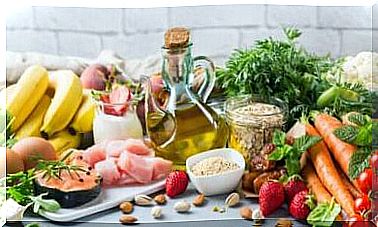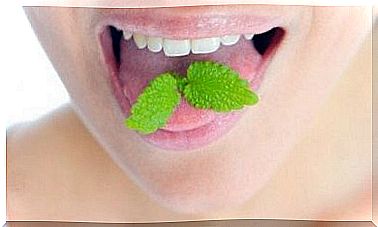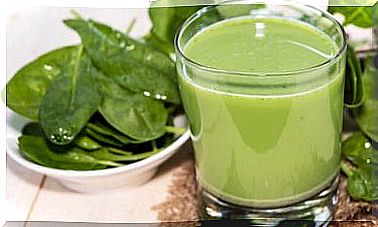The Ideal Diet For People With Fructose Intolerance
In order to know the correct diet for people with fructose intolerance, it is essential to differentiate between a person with hereditary fructose intolerance and fructose malabsorption.
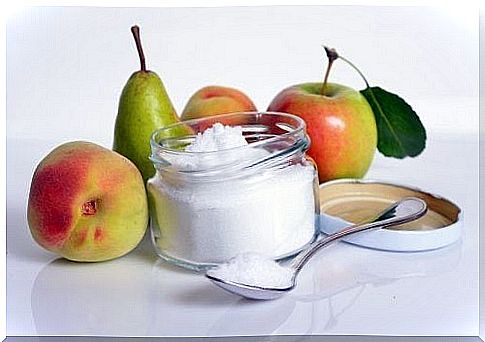
Many people with fructose intolerance face many doubts about which diet they should follow. To solve this problem, it is first important to know the nutrient that causes intolerance, the foods that contain it and the exact nature of this condition.
However, there are many diets for people with fructose intolerance. Therefore, once the correct information is taken, these people should have no problems with nutrition if they are well informed.
What is Fructose

Fructose is a simple sugar that is found naturally in fruit. It usually comes in the form of sucrose. This substance is neither more nor less than the common sugar that we all know. When we take sucrose, it splits into two components in the intestines, releasing glucose and fructose.
It is also important to know that another source of fructose is sorbitol. This substance is a sweetener which, when metabolized by our body, can generate fructose.
Fructose, under normal conditions, must be absorbed by intestinal cells and metabolized in the body to benefit from its properties. It is when there is a problem of absorption and metabolism that fructose intolerance appears.
In order to know the right diet for each person, it is essential to differentiate between a person with hereditary fructose intolerance and one who suffers from fructose malabsorption.
Hereditary fructose intolerance
The cause of this disease is a genetic error that affects the process of metabolizing fructose. It is present in 1 in 20,000 people. This error means that these people do not produce the enzyme involved in the body’s biochemical reactions, fructose-1-phosphate-aldolase or aldolase B.
Not having this enzyme, responsible for the metabolism of fructose, this sugar accumulates in the form of an intermediate product of degradation of fructose which is toxic to the body.
Fructose malabsorption
As for this pathology, it generally affects more than 30% of the population. Patients have cells in the gut that cannot fully or partially absorb fructose. In this way, gastrointestinal symptoms appear.
Therefore, depending on the pathology suffered and taking into account the severity of its consequences, the response will be different, and therefore the diet will also be different.
The ideal diet for people with hereditary fructose intolerance
People with this type of fructose intolerance should follow a strict fructose-free diet. In the latter, no more than 1 or 2 grams of this sugar should be consumed daily.
For this, it is important that the patient read the labels of all foods, making sure that they do not contain fructose. Unfortunately, there are very few manufactured foods that can be eaten if you are suffering from this condition.
Therefore, in order to get an idea of what foods people with hereditary fructose intolerance can and cannot eat, here is a list summarizing the main ones. Among the authorized foods, we therefore find:
- Sweeteners : glucose syrup, saccharin, cyclamate.
- Fruits (occasionally) : avocado, ripe olives.
- Vegetables : chard, broccoli, spinach, potatoes, mushrooms, endives. And occasionally: celery, watercress, cabbage, cucumber, lettuce, cauliflower.
- Meat and fish : all are allowed, provided they are fresh and unprocessed.
- Cereals and derivatives : wheat flour, oats, corn, rye, white bread, rice.
Among the prohibitions, let us mention that neither meat nor processed fish containing fructose, sucrose or sorbitol should be eaten. Soy, condensed milk, fruit yogurt and tomatoes are also prohibited.
The ideal diet for people with fructose malabsorption
In these cases, the diet to follow is a fructose restrictive diet. This restriction will vary depending on each person depending on whether the malabsorption is total or partial and the degree of intolerance it presents.
If the intolerance is complete, the diet will be very similar to that of people with hereditary fructose intolerance. In summary, you should avoid eating any food containing fructose or sucrose.
On the other hand, people with partial intolerance, which is the most common pathology, can eat foods low in sugar. They may even eat a moderate amount of foods high in fructose.
Some foods with high amounts of fructose are:
- Dried apricots, persimmon and cherries
- Prunes and cherimoya
- Apple, pear and grape
Conversely, foods low in fructose are:
- Papayas, avocado, coconut and sweet peas
- Hazelnuts and chestnuts
- Artichokes, Swiss chard, eggplant and mushrooms
- Milk, cheese and eggs
- Fresh meat and fish
Despite all these indications, if you suffer from one of the pathologies we have just mentioned, it is important that you consult a specialist for advice and to establish a dietetic treatment adapted to your characteristics.

